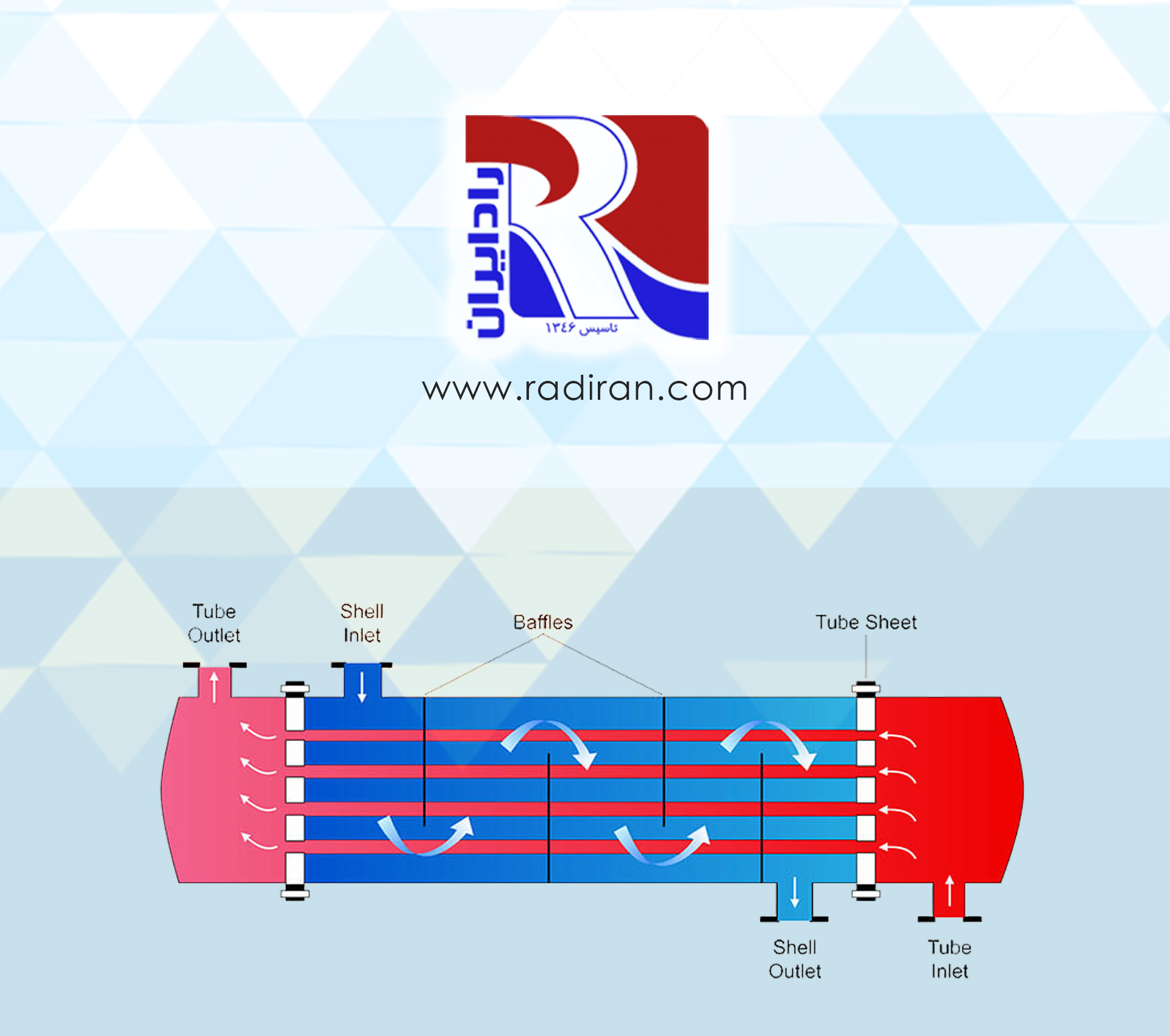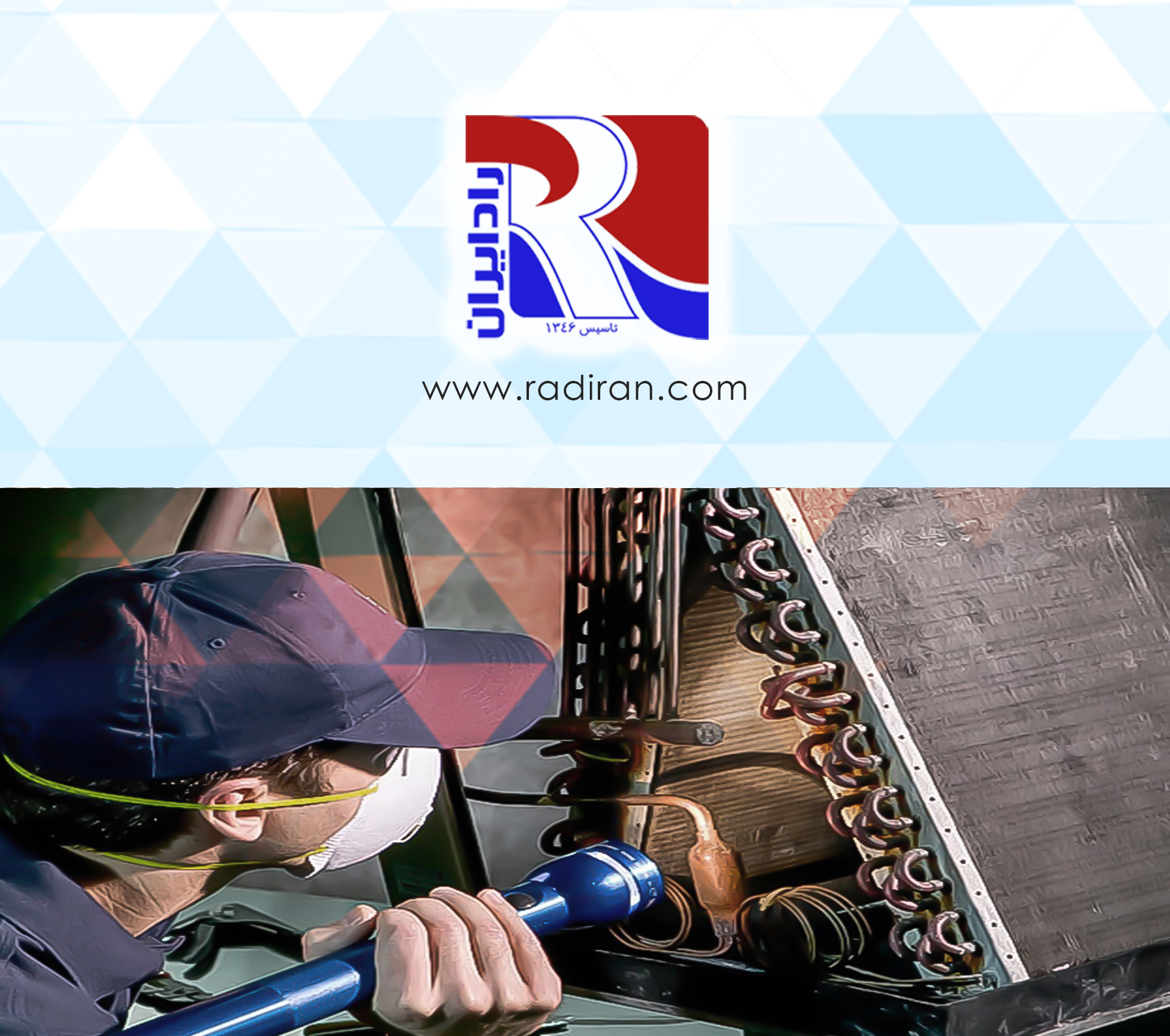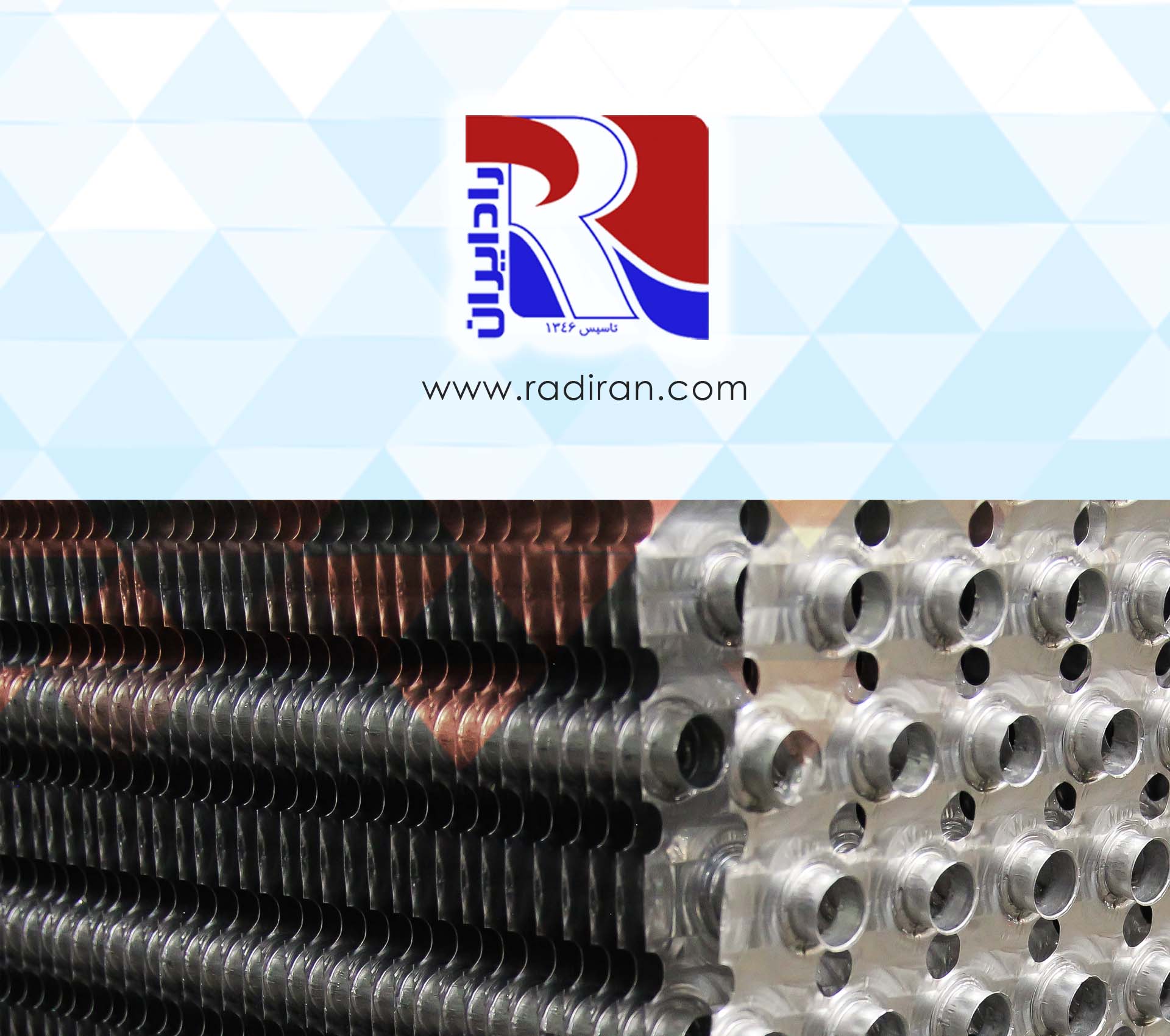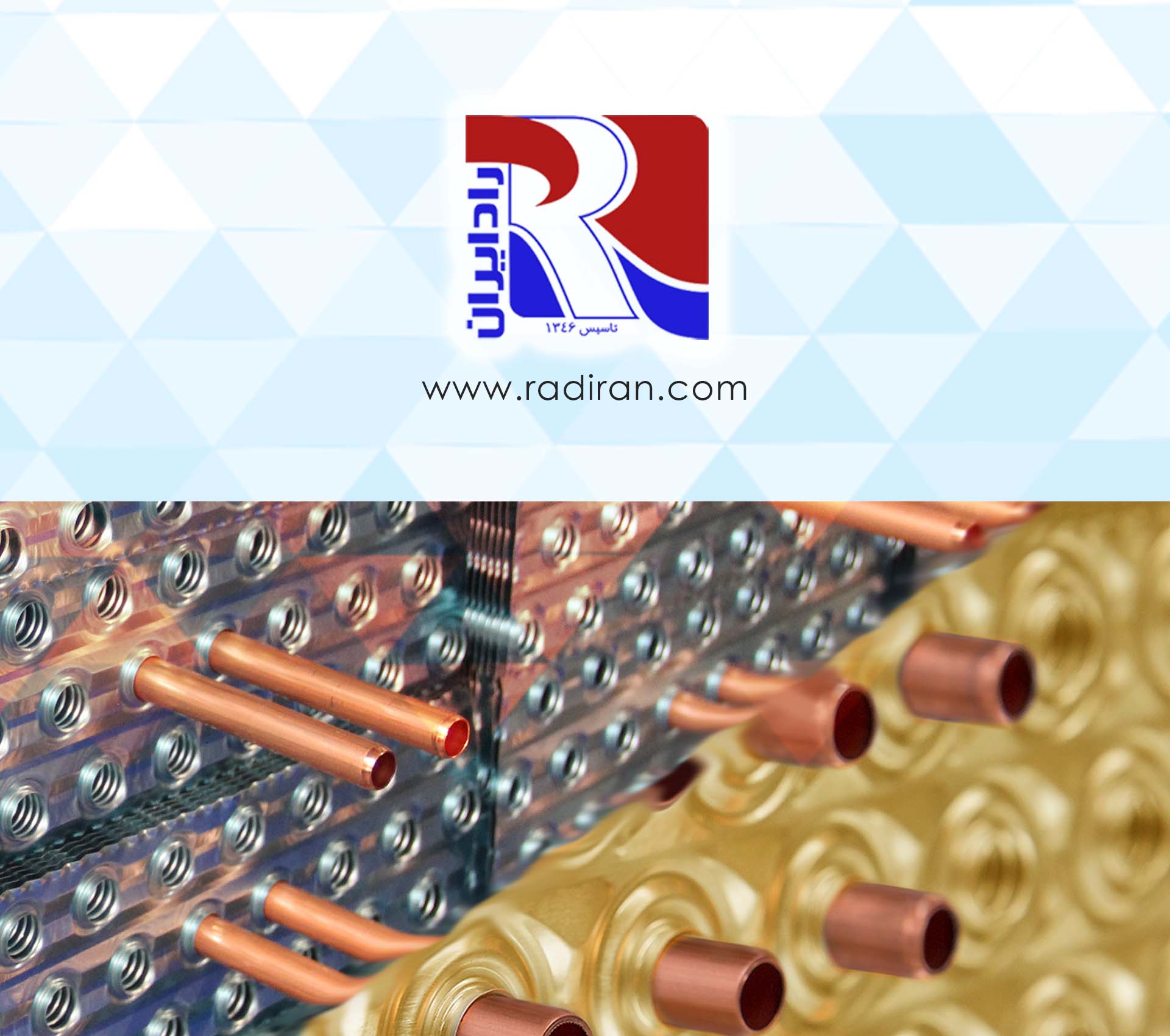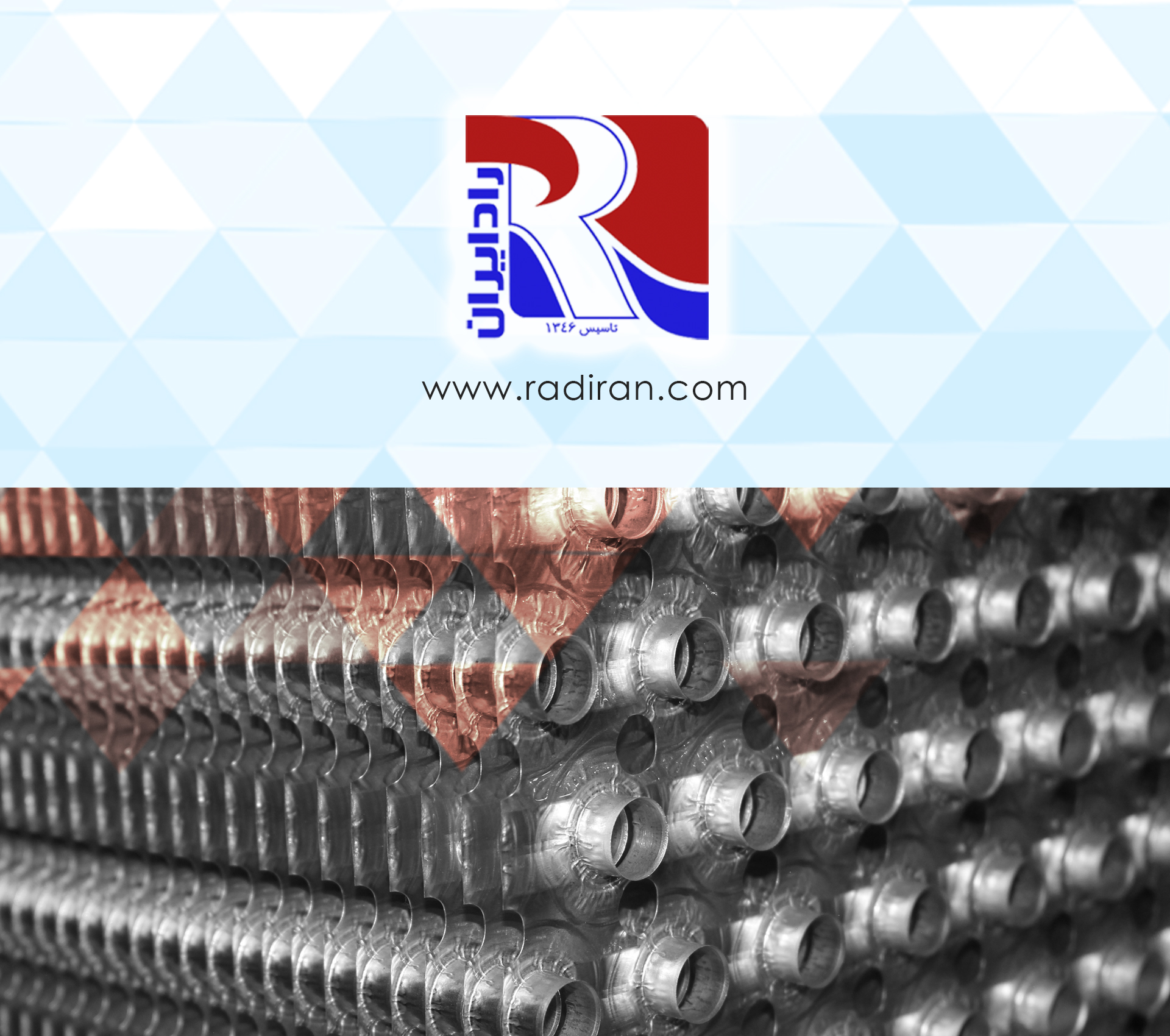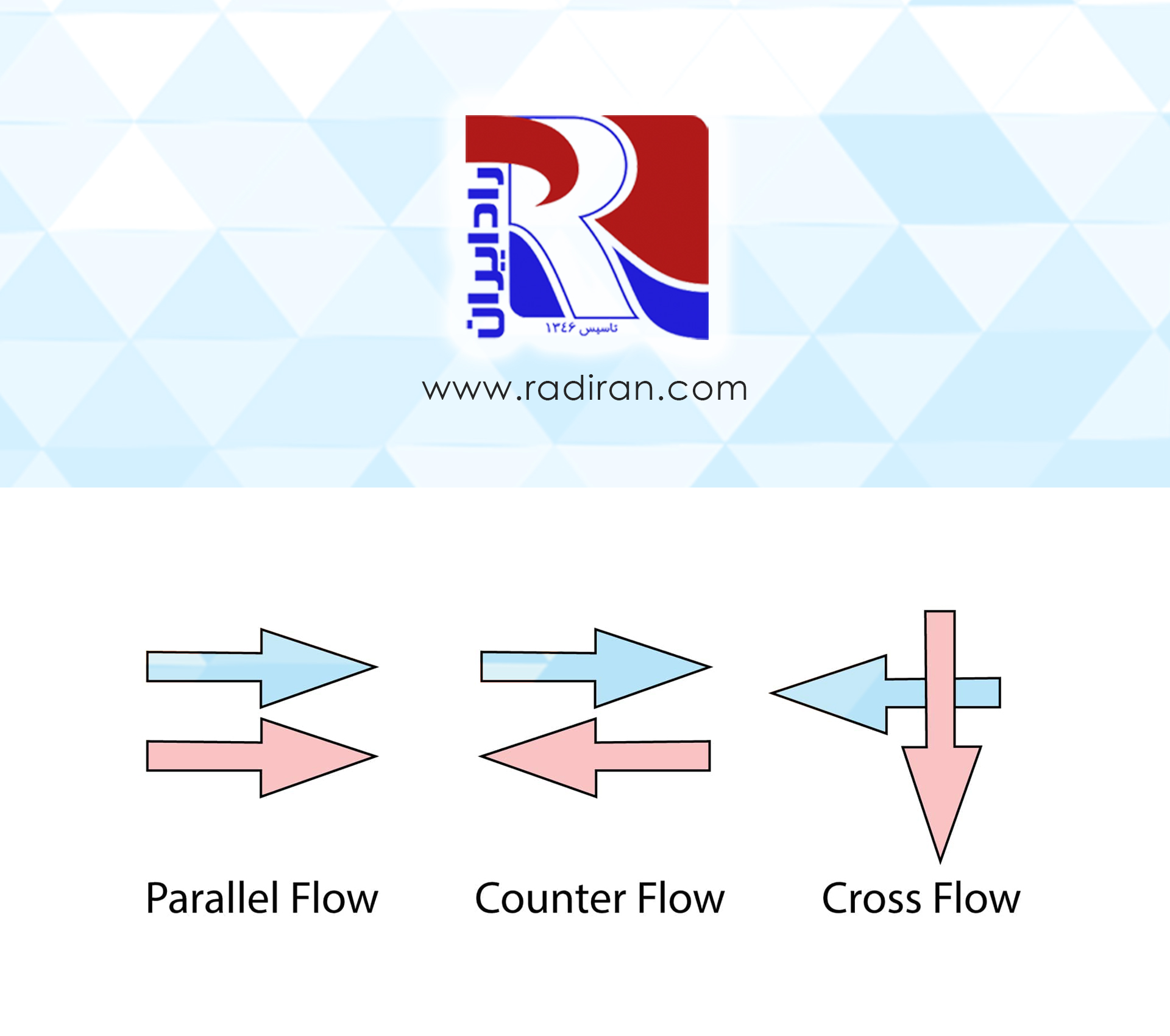Elimination or Reduction of Air Gap between Aluminum Fins and Copper Tubes in Coils
Eliminating the air gap between aluminum fins and copper tubes in fin-and-tube heat exchangers (coils) is an important step in design and manufacturing that directly affects thermal performance, energy consumption, durability, and operating costs. This study examines why the issue matters, the effective heat-transfer mechanisms, technical and economic consequences, and practical implementation methods. Importance of Contact-Based Heat Transfer In fin-and-tube exchangers the primary objective is rapid and efficient heat transfer from the tube surface (carrying hot or cold fluid) to the air...




